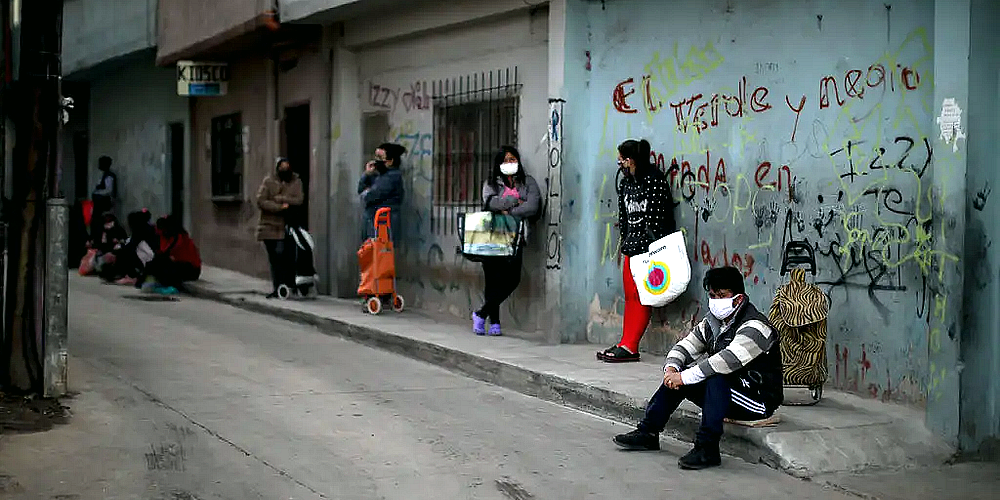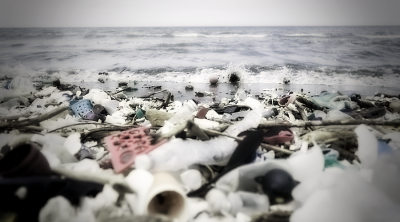PARIS: The world’s poorest countries are bearing the brunt of the world’s debt crisis, at a time when they need more cash than ever to fight climate change.
As top officials gather in Paris for the Summit for a New Global Financing Pact, AFP takes a look at the problem.
Which countries have the most debt?
The poorest economies already had high debt levels before Covid-19 struck, forcing them to borrow more to shore up their economies during months-long lockdowns.
Add in the war in Ukraine, which drove up global food and fuel prices, and the higher interest rates imposed by international banks to combat rising inflation, and they face a combustible mix.
“It means that countries are much less able to refinance their debt or to borrow for infrastructure projects or climate change projects,” Clemence Landers, a senior policy fellow at the Center for Global Development, told AFP.
The United Nations Development Program warned in March that 25 countries are spending more than a fifth of government revenues servicing external debt.
Among the countries with the highest debt as a percentage of GDP in 2021, the report mentions Venezuela (240.5%), Sudan (181.9%), Eritrea (176.25%), Lebanon (150.6%), Cape Verde (142.3%), Suriname (125.7%) and the Maldives (124.8%).
How much do they owe?
Over the past decade the debt of developing countries has more than doubled to $9 trillion in 2021, according to the World Bank’s most recent international debt report.

Who are the biggest lenders?
The Paris Club of major creditor governments was formed in 1956 to find ways for heavily-indebted countries to avoid being in default. Its 22 members, all advanced economies, include the US, Japan and most of western Europe.
But in recent years China has overtaken the traditional creditor nations as the world’s biggest lender.
In Africa particularly it has emerged as a bailout force to rival Western institutions like the International Monetary Fund.
India and Saudi Arabia are among the other new creditor nations.
But most of the debt of the poorest countries is now in the hands of private banks, the World Bank reported in December.
How is debt affecting the climate crisis?
High debt levels make it harder for developing countries to find the $2 trillion- $2.8 trillion they need to spend per year until 2030 to meet their commitments on climate change, according to the European Commission’s expert group on sustainable finance.
African countries are among the most exposed to the impacts of climate change, in the form of worsening droughts and floods, but are responsible for only around three percent of global CO2 emissions, former UN chief Ban Ki-moon said last year.
What can be done?
Efforts to address the issue have focused on global debt restructuring.
In 2020, the G20 group of major economies, which includes China, agreed on a common framework to restructure the debt of poor countries buckling under the impact of Covid.
The process was launched after Zambia defaulted on its foreign debt estimated at $17.3 billion.
But critics say the process has been too slow, with China particularly accused of dragging its feet.
Zambia, which has been in negotiations about its debt for two years, hopes to finally secure a deal this week.
ADVERTISEMENT
ADVERTISEMENT







































